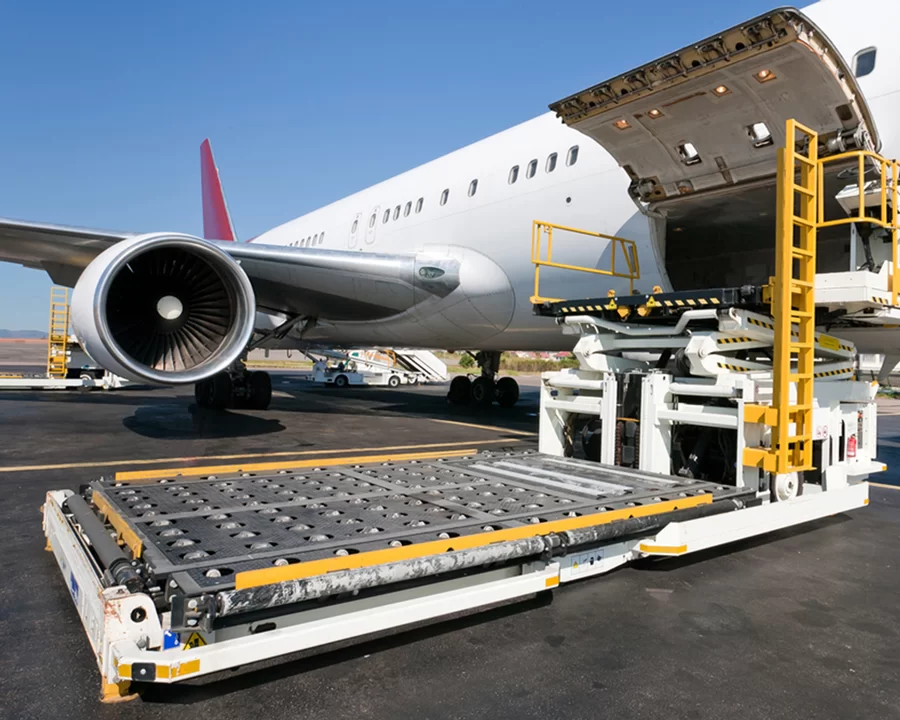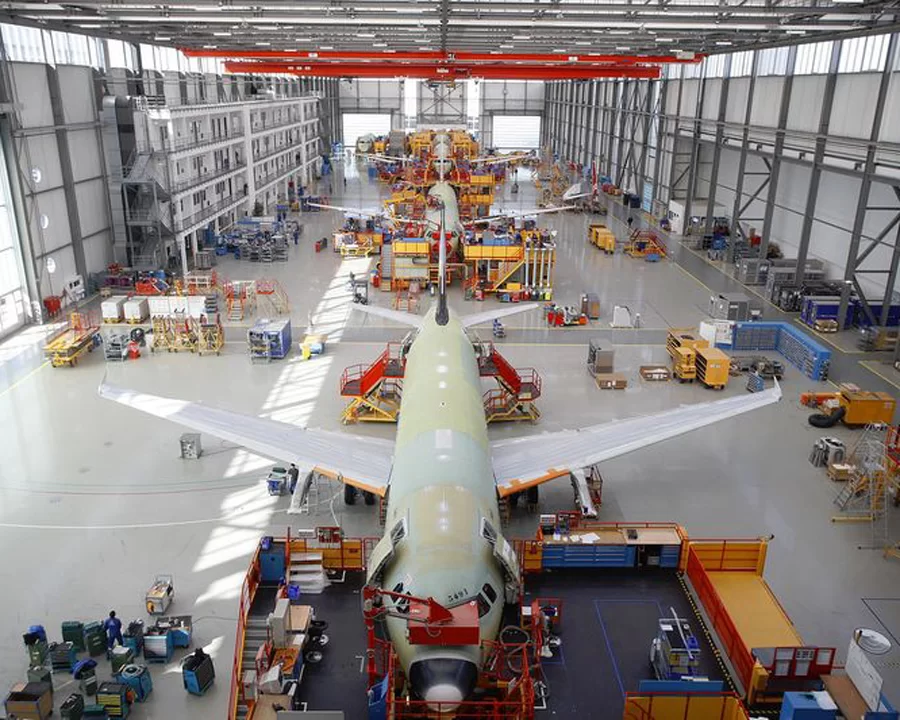What does ‘Shock Loading’ mean?
Whatever the nature of your business, you’ll be keen to avoid unnecessary damage, expense and dips in productivity. Shock loading can result in damaged equipment, diminished performance and costly replacements. If you’re working with ball transfer units, it’s important to understand what shock loading is, how it can impact operations and, most importantly, how you can reduce the risk and degree of damage.
What Is Shock Loading?
Shock loading refers to a sudden and drastic increase of load, similar to a “hammering” effect. The most common occurrence is when a load is dropped onto a ball transfer unit from a height or when ball units travel over an uneven surface, causing an uneven distribution of load.

Why Do You Need to Consider Shock Loading?
When shock loading occurs, although the load itself may be within the load-bearing capabilities of the ball units, the forces generated by the shock loading can momentarily increase the load beyond the ratings listed in our catalogue and on our website. This can damage certain units and permanently affect their performance and durability.
It’s a good idea to regularly check your equipment to ensure that shock loading damage has not occurred. Damaged units may result in reduced performance and unsafe working conditions.
How Can I Avoid Shock Loading?
There are a few simple steps you can take to minimise the risk of shock loading occurring. Firstly, make sure you have selected the correct type of ball unit for the tasks being performed. It is possible to calculate shock loads by taking into account the weight of the load being transported, the falling distance and the load capacity of the ball unit. It’s vital to ensure that the ball unit you are using can withstand the potential degree of accidental shock.
Training is often overlooked as a preventative measure. Ensure that your staff can access all relevant information about the equipment they are using and that they are sufficiently trained to understand the risks and consequences of shock loading. Putting systems and processes in place to reduce the risk of accidental damage is more cost-effective and less time-consuming than repairing or replacing irreparably damaged units.
Omnitrack has solutions for potential and actual shock-loading applications. Our spring-loaded and pneumatic models are suitable for a range of applications and help to reduce damage caused by shock impact. These units have been specially designed to handle accidental shock loading better than conventional hemispherical “cup and ball” units.
For applications where shock loading is a likely concern, we recommend using our spring-loaded or pneumatic range of ball transfer units, which are available with several material upgrade options to satisfy the most demanding operating environments and conditions.
What Does Shock Loading Mean for Your Business?
Accidental shock loading may be impossible to avoid completely, but taking steps to minimise risk and damage for when it does occur could save your business time and money. If an important piece of equipment is out of action for any period, productivity will be affected, which, in turn, could have a detrimental effect on output and levels of customer satisfaction. Take care to select the most suitable ball unit for your intended application. Then, assess the risk of shock loading and put training and processes in place to minimise risk.
Do you have further questions about minimising shock loading and choosing the correct units for your business? Has your equipment been irreparably damaged and you need more heavy-duty replacements? Check out our range of spring-loaded and pneumatic models or contact us to request a call to discuss your needs. All Omnitrack products come with a two-year warranty.
-

Heavy-Duty Ball Transfers for Oil & Gas Applications
Since 1958 Omnitrack have been developing and manufacturing ball transfer units (BTUs) for the Oil and Gas industry. Today Omnitrack’s BTUs are in operation around the world with most of the major Oil and Gas service companies using them in a variety of applications. The unique patented design of the inner table and the corrosion […]
Read more -

Omnitrack Ball Transfer Units for Efficient Stadium Construction
Omnitrack ball transfer units touch down in American Football Stadium construction! When a leading US construction contractor wanted to create a seamless soffit panel roof to go around the 3100ft (944.88m) perimeter of the new Dolphins’ stadium, they knew it wasn’t going to be an easy task. The suspended canopy was installed just over 180ft […]
Read more -

Seamless Aircraft Assembly with Omnitrack Ball Units
How Are Omnitrack Ball Units Used in Aircraft Assembly? Omnitrack invented the heavy-duty range of ball transfer units in 1954. The patented “endless track” design allows heavy loads to be conveyed smoothly and precisely at any angle. The aircraft industry has relied on Omnitrack ball units ever since, enabling smooth aircraft assembly. Ball units are […]
Read more
Can’t find what you’re looking for?
Try searching for key-words, part numbers, load, fixing types.
